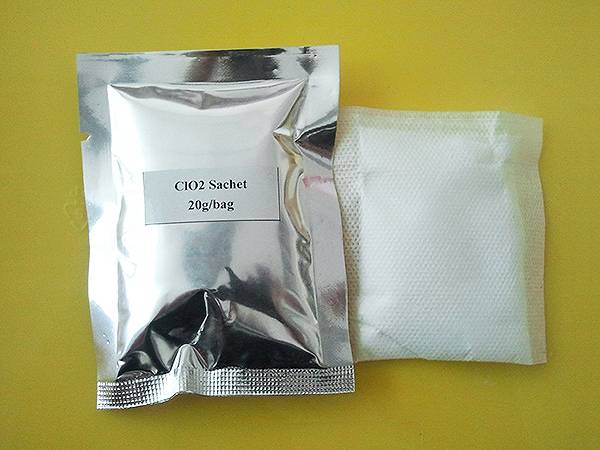



Chemicals Commonly Utilized in the Mining Industry for Extraction and Processing
The Role of Chemicals Used in Mining
Mining is a crucial industry that extracts valuable minerals and resources from the earth, contributing significantly to the global economy. However, the process of extraction often involves the use of a wide array of chemicals that can impact the environment and human health. Understanding the various chemicals used in mining operations is essential for promoting sustainable practices and minimizing harmful effects.
One of the primary chemicals used in mining is cyanide, particularly in the extraction of gold. The cyanidation process involves dissolving gold from its ore using a sodium cyanide solution. This method is highly effective, allowing for the recovery of up to 95% of the gold. However, cyanide is notoriously toxic to both humans and wildlife. If not managed properly, any spillage or leakage can result in devastating environmental contamination, leading to loss of aquatic life and health hazards for nearby communities.
Another commonly used chemical is sulfuric acid, mainly in the extraction of copper and gold. Sulfuric acid helps in leaching metals from their ores. This process involves the reaction of the acid with the metal sulfides, converting them into soluble metal sulfates. Although effective, the mining operations involving sulfuric acid can produce significant amounts of acid mine drainage (AMD), a phenomenon that can severely damage waterways and ecosystems. AMD can lower the pH of soil and water bodies, making them inhospitable for many forms of life.
Flotation agents, such as xanthates and dithiophosphates, are also vital in the extraction of base metals like copper, lead, and zinc. These chemicals aid in separating valuable minerals from the waste material in a process known as flotation. While these agents are effective in improving recovery rates, they can also pose ecological risks. Residual flotation chemicals in tailings can leach into the surrounding environment, affecting soil and water quality.
chemicals used in mining

In addition to these chemicals, mining operations often use various reagents to manage dust and suppress emissions. For example, calcium chloride and magnesium chloride are commonly employed in open-pit mining to control dust. While these chemicals help reduce airborne particles, their long-term effect on the environment needs careful monitoring, as they can alter local soil chemistry and vegetation.
Biological and organic alternatives have emerged in recent years, attempting to reduce reliance on hazardous chemicals. Biotechnological approaches utilizing bacteria and other microorganisms are being explored to bio-leach metals from ores. These methods tend to be more environmentally friendly and less toxic than traditional chemical processes. Research and development in this area are crucial for creating sustainable mining practices that minimize ecological footprints.
Regulations governing the use of chemicals in mining vary widely around the world. In many countries, there are strict guidelines to ensure that mining companies manage hazardous substances responsibly. Environmental Impact Assessments (EIAs) play a critical role in determining the appropriate measures that need to be taken before, during, and after mining operations. However, enforcement remains a challenge, especially in regions with limited regulatory capacity.
In conclusion, chemicals play an essential role in the efficiency and effectiveness of mining operations. However, their use comes with significant responsibilities and risks. Striking a balance between resource extraction and environmental protection is imperative for the sustainability of the mining industry. Continued research into alternative methods and stringent regulatory practices can help mitigate the negative impacts of chemical usage in mining, ensuring that mineral resources are extracted responsibly for future generations. As we move forward, embracing innovation and adopting best practices will be crucial in promoting a more sustainable mining sector that safeguards both people and the planet.
-
Why Sodium Persulfate Is Everywhere NowNewsJul.07,2025
-
Why Polyacrylamide Is in High DemandNewsJul.07,2025
-
Understanding Paint Chemicals and Their ApplicationsNewsJul.07,2025
-
Smart Use Of Mining ChemicalsNewsJul.07,2025
-
Practical Uses of Potassium MonopersulfateNewsJul.07,2025
-
Agrochemicals In Real FarmingNewsJul.07,2025
-
Sodium Chlorite Hot UsesNewsJul.01,2025










